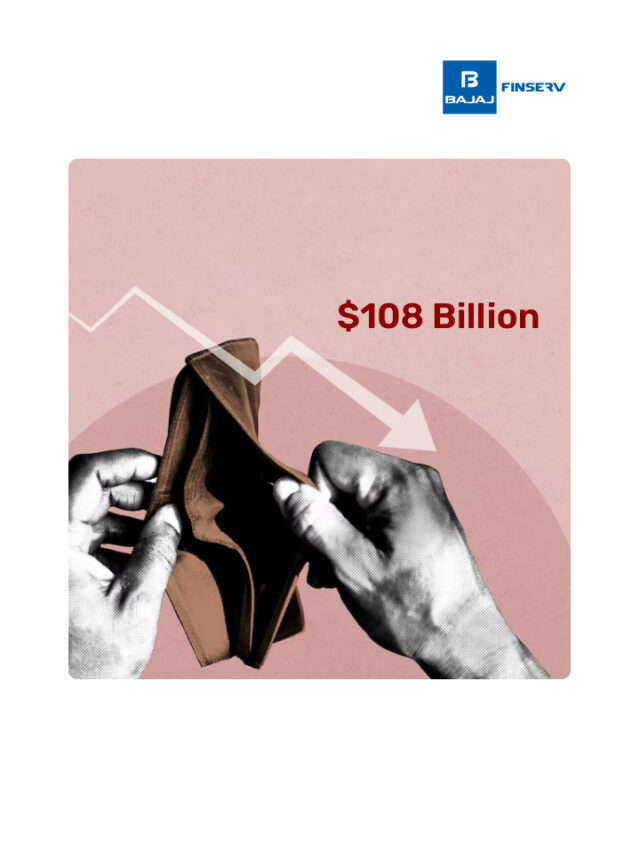Why Portfolio Diversification is Crucial for Your Investments – Investing 101 ep.3
Last Updated on December 28, 2023 by BFSLTeam BFSLTeam

You may have heard about “portfolio diversification” often enough, especially when it comes to investment decisions and the financial world. Portfolio diversification or the spreading of assets in a financial portfolio is crucial for good investment planning and lucrative investment. The way in which assets and securities are spread in a financial portfolio determines the profits that investors ultimately make.
Table of Content [hide]
What is Portfolio Diversification?
Essentially, portfolio diversification means spreading different kinds of assets and financial instruments over a portfolio. Instead of simply investing in one kind of investment instrument or channel, you can invest in a variety of instruments like stocks, bonds, mutual funds, fixed-income instruments, gold, real estate, etc. to make up your financial portfolio as a whole. In this way, your money is invested in different areas and you tend to lessen your risk by doing this. In case your investment in one area performs under the mark, your other investments may make up for the loss.
An Illustrated Example
An illustrated example can help you to understand what the diversification of a portfolio entails. Assuming you are an investor with no responsibility in terms of dependents. In such a case, you may think of diversifying your financial portfolio by allocating 30% of your money to risk-free instruments like debt funds or fixed deposits. As you do not have any responsibilities and can afford to potentially take some degree of investment risk, you may allocate the rest of your funds (70%) to high-risk securities like stocks and mutual funds. These pose potential risks but also come with high rewards. This may make the diversified portfolio meaning clearer for you.
As you advance in age, you may change the percentages of asset allocation in your portfolio in order to align this with your requirements and goals at different life phases.
Portfolio Diversification – Key Principles
There are some key aspects to think of when you plan to diversify your financial portfolio. These are explained below:
- Invest in a Variety of Asset Classes
Instead of investing in a single asset, portfolio diversification demands that you allocate your funds, as per your risk appetite and financial goals, to different classes of assets. Among the options you have are stocks, bonds, commodities, real estate, gold, and others. You can also invest in risk-free investments like fixed deposits and PPF. You should note that each of these has varying degrees of risk and reward like stocks are high in risk and high in returns. Bonds may be relatively safer investments, but they offer lower returns relative to stocks.
- Opt for Different Industries/Sectors
If you are investing in stocks especially, you should consider investing in a range of industries and sectors after studying the market and consumer demand/habits. Some sectors may be more in demand than others simply because of certain events. For example, during the pandemic, as many people took to working from their homes, the technology sector saw a boom.
- Spread Investments Across Geographies
Some of the benefits of diversification involve spreading your investments across geographies. Just as you spread your assets over different areas of industries and instruments, you can spread them across different parts of the globe. Markets across the world are all different, impacted by a range of factors like local economic and political conditions, currency fluctuations, etc. This kind of diversification can mitigate your risk.
- Invest Across a Variety of Company Sizes
When you invest in stocks of companies, you may choose companies of different sizes, that is, market capitalisations, from large capitalisations (large caps) to medium capitalisations and small capitalisations. Large-cap stocks pose a lesser risk as they come from reputed large businesses with robust fundamentals. Small caps may pose more of a risk as they belong to small businesses in their growth stages, although they may give you higher growth potential.
- Diversify Your Portfolio Over Time
Investors should note that they do not have to create a portfolio all at once. You can build your portfolio over a period of time, aligned with your life stage and financial health. This means that you mitigate risk by avoiding a large bulk of your money being invested all at once. You may find new avenues of investment as your portfolio grows and changes. As a diversified portfolio example across time, you may think of first diversifying your portfolio by investing relatively risk-free investments, and gradually moving to some risky investments as your capital grows.
Planning Portfolio Diversification
In the world of investment, if you want your capital to grow by making your investments work, you need to plan ahead. Before you even think of asset allocation, you must make a plan considering your goals. You may have to meet certain ultra short-term financial goals (in a year or so), specific short-term financial goals (in 3-5 years), and long-term goals (10-15 years)
The next thing to do, aligned with the goals that may have to be achieved, is to fix a target amount to be invested. While engaged in the diversification of a portfolio, your targets should be realistic so that they correspond to your income, and setting them on the higher side may be wise as inflation and market volatility must be taken into account. After this, you may choose the investment avenues and assets to invest in, depending on your goals, income, and appetite for risk.
How Much Risk Can You Take?
While engaging in allocating your assets to make your portfolio more diversified, you can use the following formula to assess your risk potential, relative to your age and assumed capacity for earning your income:
100 – Age = % of Risk You Can Take
The more the percentage of risk you can take (the younger you are), the more you can afford to allocate your portfolio to high-risk instruments.
Additional Read: What is Foreign Portfolio Investment?
Portfolio Diversification – Investment Protection
Portfolio diversification protects your investments more than anything else, mitigating any potential risk and increasing potential returns. With a diversified portfolio, investors may achieve the ability to meet any financial obstacles in life, be it emergencies or other requirements like buying a home.











